16 Sep The Process of Good Interior Design
In previous blogs I’ve discussed elements of interior design like scale, color and lighting, but really there is a lot more to it than just knowing the definitions of these tools and guidelines. The elements are good building blocks but I love to push the envelope. I want there to be a visceral reaction to the spaces I design. That starts by really listening to my clients so that I can transform their wants and needs into reality. My approach is a much more emotional way of looking at design—my goal is to make my clients happy and comfortable in their space, and that makes my designs strongly dependent on their individual tastes and needs. Consequently, my clients get a home or room that doesn’t look like anyone else’s. I find design to be challenging in many ways, but that is what also makes it a surprising and fun process.
Design processes differ depending on the project. The challenge of new construction is you are creating something from nothing. You take a set of plans and envision it in 3D. It’s very important to me to help my clients translate what they see on paper into the final product. I spend a lot of time on the job site watching it take shape. Though it has its challenges, new construction is also very satisfying—watching your vision come together is just plain fun!
Remodeling an existing house is very different. You are taking what is already there and figuring out what to change, add to, or take away from a space. My goals are the same: how do my clients want to use the space and how do they want it to feel. Remodeling is finding that happy medium between making it new, but also integrating the old; you have the added challenge of figuring out how to tie the old and the new together. Remodeling can also require agility and creativity. There are always things that pop up which cause you to pivot and rethink your design. There can be some interesting and unforeseen surprises hiding behind those walls or lurking under your floors. But no fear—there are always options, and I cling to the adage “things happen for a reason”. I have had more than one project that has turned out better than expected because of a “problem”.
I am always looking for focal points in new or existing spaces. I find what is interesting about a space and then layer the rest of the design around it. Sometimes the tendency can be to try and make everything in a space special, but when every element carries the same weight you are left with a design where nothing stands out. A room will actually be less interesting if everything is too front and center; it can be very overpowering to the senses. To avoid this issue, I look at the room as a whole, choosing a few focal points then layering around them. Focal points are the strongest visual pulls of a room, like a fireplace or large windows that provide a fabulous view. Furniture, fabric, colors, the room layout, accessories—everything else becomes the supporting cast, helping the strongest elements in a room shine.
For me personally, texture is one of the first elements I think about when designing a new space. I consider myself a tactile designer; I love the way textures play off each other to create a mood or reaction. Color is another strong go-to element for me; it instantly gives a space personality. All other elements seem to fall into place once these two are decided. I have found that color is a really good unifier especially in remodeling. It can be an easy way to tie your existing house in with your new space. Even a small amount of a color you have used before can help bring it all together—pair it up with the latest color trend and you are set.
I like to step back throughout the project and reevaluate how everything is coming together. Sometimes leaving some decisions unmade gives you the freedom to see where the space leads you. Having some flexibility built into the process can give time for reflection and helps create a space you will be truly happy with.
Understanding and using all the elements of design is always important but I also like to trust my gut when interpreting a space. Good design includes intuition and experience. I find my approach helps me stay clear of being too literal, allowing my clients and I to discover a unique style for them. If you are looking for a design that takes your personality and lifestyle into full account, send me an email or call at (317) 507-9358.




No Comments